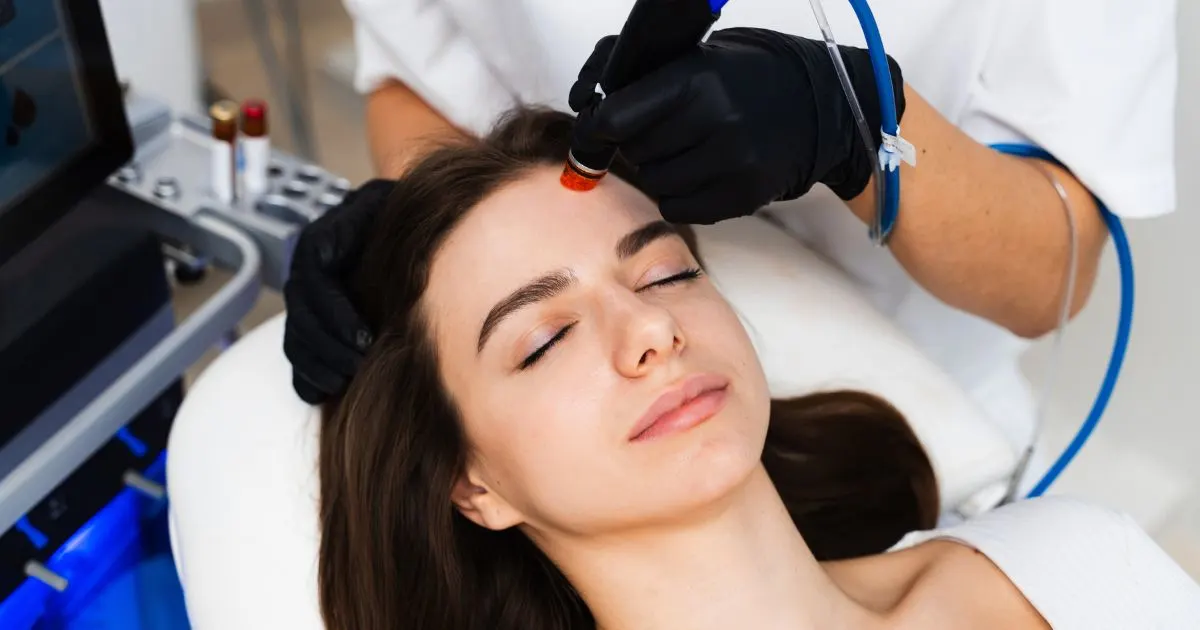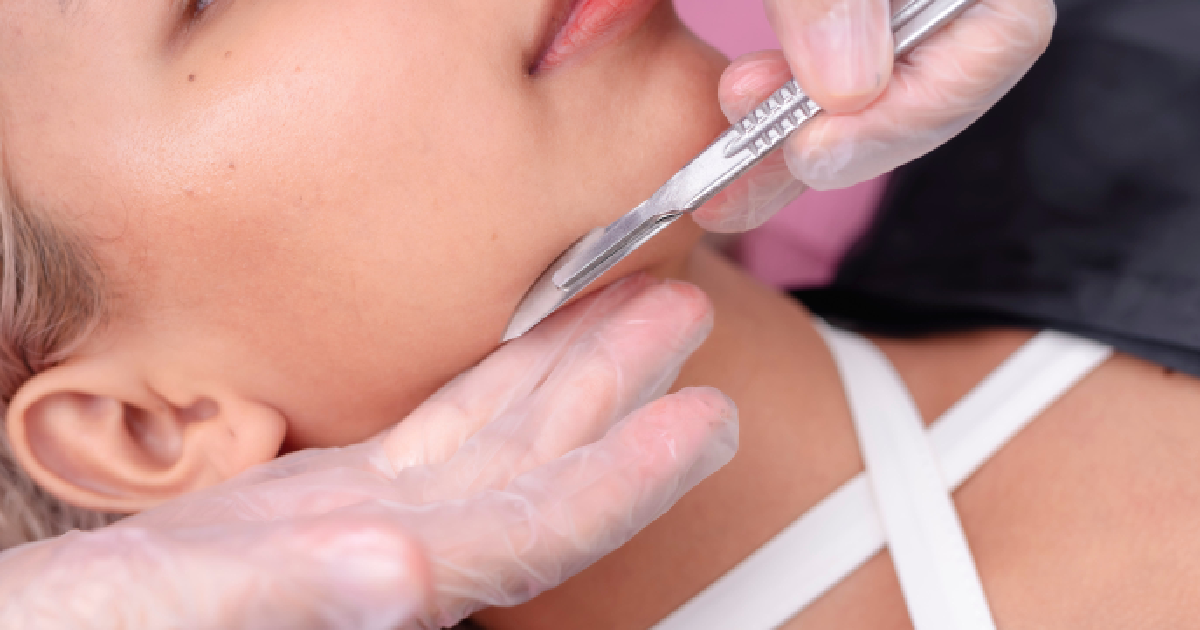Table of Contents
Have you noticed blue veins on your legs or another part of your body? Do you find yourself avoiding shorts or knee-length skirts that would show off your legs and knees, and therefore your blue veins? Or maybe you have blue veins on your chest and arms and avoid tank tops or swimsuits. Wherever your blue veins are visible, you are not alone. Blue veins affect many people in our country and around the world. If you are concerned about blue veins on your body, consult an expert at a vascular vein center for a professional diagnosis and advice. There are options to help you cover or fade your unsightly veins.
What Are Blue Veins?
Veins are responsible for returning blood to the heart after it has dispersed oxygen throughout the body. Sometimes called reticular veins, feeder veins, or intradermal veins, blue veins appear blue or green under the skin. Typically, blue veins are more extensive or more prominent than spider veins, but not as large or painful as varicose veins. Blue veins are most common around the knees and thighs and regularly noticed on the chest. They can range in diameter from one to three millimeters. They are also usually flatter than varicose veins.
Many people accept blue veins as a normal part of life or aging, but this does not have to be the case. Generally, blue veins do not denote a significant problem. However, in some instances, these veins can point to a more severe, undiagnosed concern. Most often, blue veins on the chest and legs are cosmetic and make the patient uncomfortable with the sight of them, but are not dangerous. This issue affects both men and women and is the result of a variety of causes.
What Causes Blue Veins?
While there can be many causes of blue veins on your chest or legs, the most common ones are genetics, medical conditions, hormones, quick weight loss, exercise, or a combination of these factors.
Genetics:
As the most common cause, it is easy to know if you have a chance for blue veins. You will notice visible veins on the chest or legs of family members.
Medical Conditions:
There are a variety of medical conditions that can lead to visible blue veins on your body. However, cirrhosis, as well as other liver conditions, makes you more susceptible to blue veins. Also, any condition that results in an increased amount of fluid in the abdomen makes you more likely to have blue veins visible.
Hormones:
Blue veins on the chest, in particular, the breast area, are often related to the development and menstrual cycles of women. Visible blue veins in the breasts respond to changes in levels of hormones and often fade at the end of a cycle. Sometimes, however, they remain apparent. Pregnancy can also lead to blue veins because of the drastic changes in hormones.
Quick Weight Loss:
When you lose weight rapidly, the skin in areas with drastic changes often becomes fragile and thin. When the skin is weaker, blue veins can appear.
Exercise:
Vigorous activity, such as heavy weightlifting or running, cause an increase in blood flow, causing the veins beneath the skin to become enlarged and more visible.
These are a few of the common symptoms of blue veins. If any of these issues cause your blue veins, you have options for treatment. However, there are a variety of other reasons you might be experiencing blue veins. If you want more information on your blue veins, a doctor at a vascular vein center will have answers to help you understand your choices.
How Can I Treat Them?
If you have noticeable blue veins on your chest, legs, or another part of your body, you have options. Visiting a vascular vein center will help you determine if your blue veins are temporary from hormonal changes, or permanent, requiring assistance to remove them. An expert will also help you determine if there is an undiagnosed issue, such as liver disease, that is causing your visible veins. If this is the case, the underlying problem would need to be treated first. If your blue veins have no underlying cause and are superficial, you have several treatment options.
Laser therapy:
There are two forms of laser treatments commonly used to treat blue veins, YAG laser, and pulsed dye laser. YAG, yttrium-aluminum-garnet, laser deals with blue veins that are slightly deeper with a concentrated laser to help them permanently fade. Pulsed dye laser works similarly. Both of these non-surgical treatments have high success rates.
Sclerotherapy:
In sclerotherapy treatment method, a sclerosing, or hardening, serum is injected into the blue veins directly, causing them to collapse or break down. This treatment method is most common on the chest and typically happens in the doctor’s office as an outpatient procedure.
Superficial or cosmetic treatments:
If you are uncomfortable undergoing a more risky procedure, there are some things you can do on your own. Vitamin K cream can help fortify the skin and increase the strength of the blood vessels. All you have to do is apply the cream to your skin near the blue veins. Covering your blue veins with concealer is also an option.
Conclusion
The vital thing to remember is that there are treatment options for blue veins, no matter the cause. And not all treatments are invasive. If you are unsure what you should do about your blue veins, contact a professional for medical advice. If you are looking for a friendly place with years of experience, give Afzal Clinics a call. We are the trainer for varicose veins for MEDTRONIC, essentially we train physicians and surgeons who want to learn how to treat varicose veins. Patients leave satisfied after receiving the best treatment possible. Afzal Clinics is the most highly reviewed vascular vein center in the Twin Cities. You can be sure you will receive excellent care.
Call us at 612-662-2772 or visit us online to read more about vein treatments or schedule a free consultation. Join the countless patients who walk out of our office thrilled by the disappearance of their blue veins.






